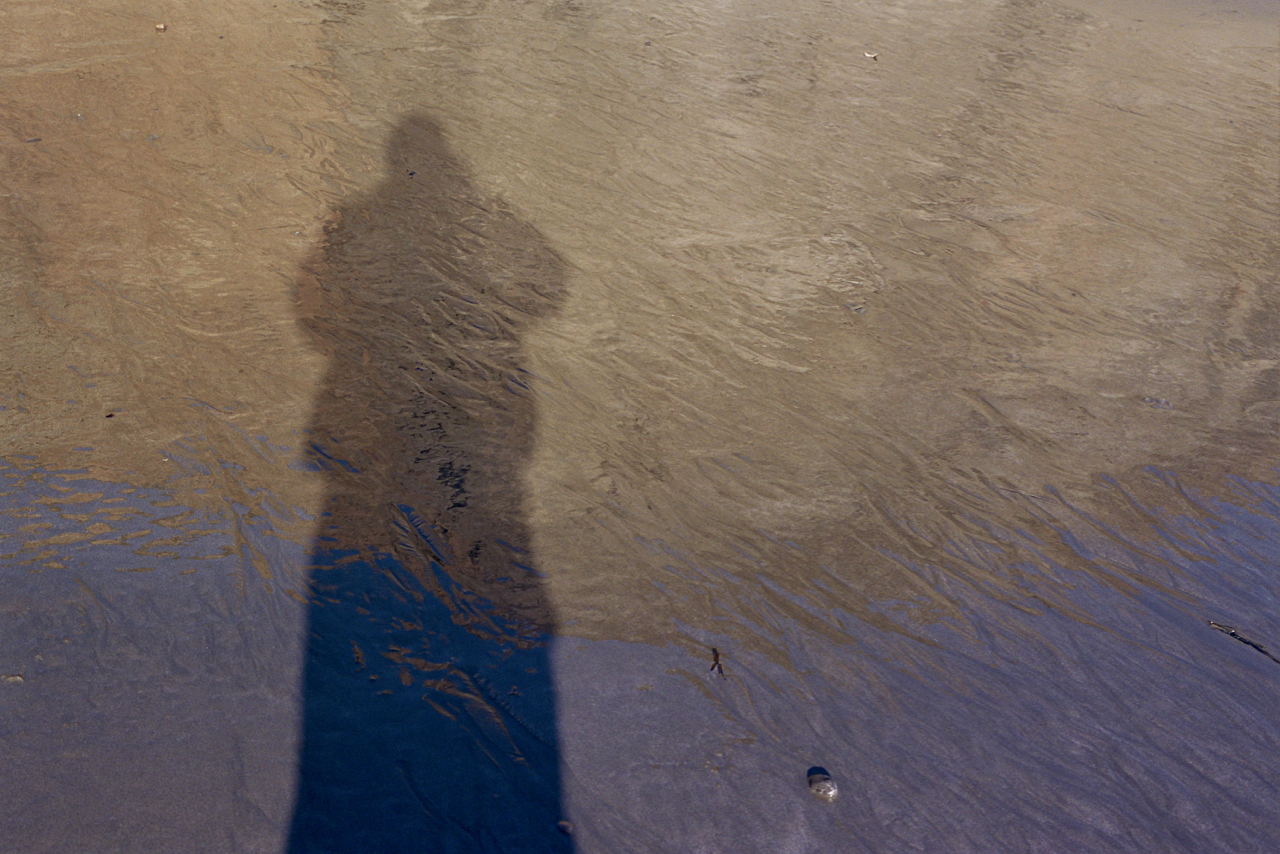Ahh...The Sweet, Sweet 70s!
I have a soft spot for 1970s vintage 35mm single lens reflex cameras. Seems that camera manufacturers had reached the pinnacle of SLR design and build about mid-decade. Reliable mechanical cameras, honed from metal and glass with just the right amount of simple electronics sprinkled in to add convenience and ease of use.
I can't think of a single 1970s vintage SLR that hasn't been an absolute blast to use. And prior to the introduction of composite bodies and more complicated electronics, cameras of this vintage are almost infinitely repairable and very usable today.
As I have happily shot my way through Nikon, Pentax, Olympus and Canon cameras of this period, I kept pushing one of the more forward-thinking of all the Japanese camera makers to the end of the list: Minolta. The Minolta Camera Company started building cameras and optics in the late 1920s. Their first cameras were bellows type models, then TLRs. Minolta's first single lens reflex camera, the SR-2, debuted around 1958. In the mid 1960s, they introduced the SR-T line, with then state-of-the-art TTL metering.
I was a member of my junior high camera club in the early 70's and we were able to borrow one of three Minolta SR-T 101 cameras the club owned. If I recall, the SR-T 101 was the first SLR I had ever used and it was pretty cool to compose a shot, then meter through the lens--big stuff in the early 70s! Around the time I was signing out the club SR-T 101, Minolta was entering into an agreement with Leica to develop cameras. Leica was going through tough times in the early 70s. People were abandoning rangefinders in favor of SLRs and Leica wanted a piece of that market. Minolta had the design expertise. Leica had the ability to build fine cameras. Out of this collaboration came several nifty cameras, including the subject of this post--the Minolta XE-7.
Minolta XE-7 with 50mm f/1.4 Rokkor-X Lens
The XE-7, introduced in 1974, has been on my list for some time as I was curious to experience the camera that was the basis for Leica's R series of SLRs. Indeed, the Leica R3 and Minolta XE-7 are essentially the same camera. Wetzlar's influence on the XE-7 are pretty apparent from the moment you pick it up. Fit and finish are definitely above average. Body markings and shutter speeds are finely etched into the metal and carefully painted. All of the XE-7 cameras came in black finish and I believe that's brass underneath as I've seen a few of these for sale that have a nice brassy patina. I've said it before--a camera has to make you want to pick it up. Hold it. Shoot it. The XE-7 begs you to do this. With the normal 50mm Rokkor lens mounted out front, this camera is superbly balanced and feels just great in the hand. The shutter speed selector firmly clicks from setting to setting. Film advance on the XE-7 is one of the nicest I've felt on any SLR, Leica-like and buttery smooth with just the right amount of resistance.
As a confirmed classic camera geek, I can be seduced by the sound of a fine mechanical shutter and the XE-7's Leitz-Copal shutter is sexy sounding for sure. After unboxing any new to me camera, I always dry fire it through its available shutter speeds and this Minolta's shutter sound got me at the get go! I couldn't wait to spool up some film and get shooting.
The XE-7 offers two modes: aperture-priority auto and fully manual. While it's fun to shoot with a fully manual camera, I think I really enjoy shooting in aperture-priority mode best and appreciate a camera that offers it. Minolta and Leica worked out a really nice straightforward presentation of controls on the XE-7 and everything falls nicely into place for any classic SLR photographer. Unlike some other cameras, all of the controls on this camera are really easy to manipulate, just the right size and not fiddly at all. I like that.
The XE-7 features a wonderful, big and bright viewfinder with split image focusing. Analog shutter speeds are presented along the right side of the finder and your selected aperture is at the top of the screen. The focusing screen in this camera is very bright and clear.
I got my XE-7 in a bundle with a very nice 50mm f/1.4 MC Rokkor-X PG lens as well as the 50mm f/4 Macro Rokkor. I shot a roll of color with the normal lens and black and white with the macro lens. Black and white shots forthcoming. Took a brisk walk on the beach. Camera in aperture-priority auto mode, Kodak Portra 400 exposed at 200 ISO.
Nothing remarkable about any of these shots, but I was pleased with the results and deeply satisfied that a 43 year old camera worked perfectly right out of the box. I really like the Minolta XE-7 and highly recommend anyone looking for an affordable entry into 35mm film photography consider this camera and the fine Minolta Rokkor MC and MD lenses. I've tried two classic Minoltas so far, this XE-7 and the XD, which followed this camera by three years. Both are great cameras.
A side note: The X-series were the last of the manual focus Minoltas. The company purchased the patent on auto-focus technology from Leica and the amazing Minolta Maxxum camera, which was just ahead on the horizon, would soon change photography forever.
I'll be sharing my Macro Rokkor shots soon.










